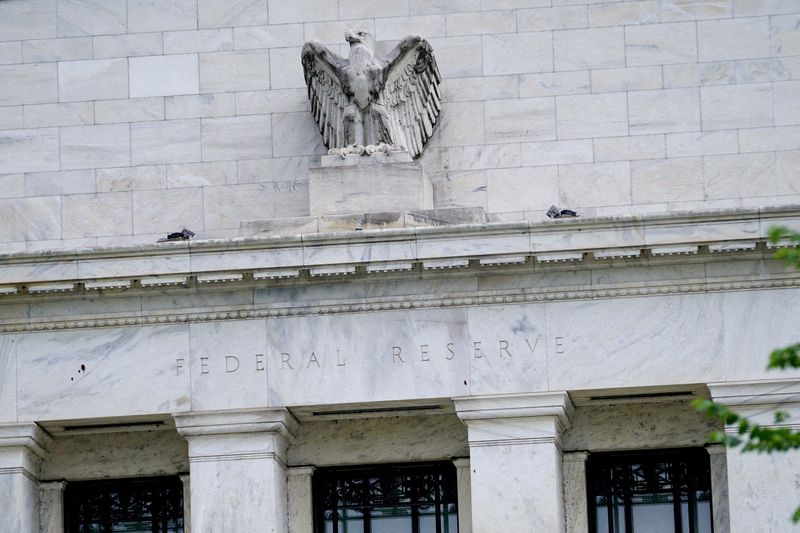US big banks face growing spillover risks from non-banks
2024.06.20 13:29
By Michelle Conlin
NEW YORK (Reuters) – Non-bank financial institutions pose an increasing risk to America’s big banks, the Federal Reserve said on Thursday in a post on the Fed’s Liberty Street Economics blog.
During times of heightened market-wide stress, demands for liquidity mount on banks as non-banks seek term loans and lines of credit. This escalating reliance on big banks could result in “vectors of shock transmission and amplification, forcing authorities to intervene and do so en masse,” the Fed said in the post, adding that the extent of these market disruptions “could be rather severe.”
Unlike large banks, non-banks operate under less restrictive regulatory regimes and monitoring standards. The growing bank and non-bank interconnectedness means that risks that used to lie solely with banks are now being repackaged between banks and non-banks.
The Fed estimates that the correlation of bank and non-bank risk has risen steadily from about 65% prior to the 2008 financial crash to upwards of 80% now.
Commercial real estate is a place where this interplay could become increasingly, and potentially painfully, apparent, analysts say. One fifth, or $929 billion, of the $4.7 trillion of outstanding commercial mortgages will come due in 2024, according to the Mortgage Bankers Association. This looming maturity wall comes against a backdrop of rising vacancies, declining valuations and the Fed’s higher-for-longer interest rate environment.

Unlike residential mortgages, the Fed said CRE loans typically have shorter maturities as well as bigger balloon payments.
The Fed said its results underscore the need for financial regulation and systemic risk surveillance that recognizes banks and non-banks as “intimately interconnected.”








